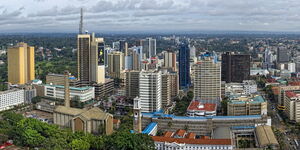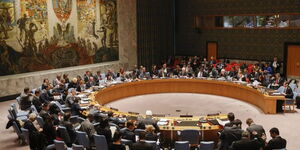A video of a 'road carpet' in India elicited debate in Kenya on Saturday, June 3, drawing comparisons to another bitumen version launched by Machakos Governor Wavinya Ndeti on Monday, May 29.
The refurbished Miwani-New Machakos City caused an uproar with Kenyans accusing the governor of unveiling a substandard road and misappropriating government funds.
In the viral clip, a group of men is seen lifting a carpet-like fabric made to make the highway, raising safety concerns for motorists.
Ndeti, however, defended her project noting that it had met local engineering standards and vowed to fire any contractor embezzling funds.
"All works must be up to standards and I urge all contractors to ensure we get value for money. We will not hesitate to blacklist any contractor who in any way breaches the terms of the contract," the governor stated.
Drawing the parallels between the two projects, Kenyans were however angered by the sheer limits local and Indian Governments were willing to go to misappropriate funds.
"You thought our government was bad with taxpayer's money. The local government in India made a fake road with carpet to save costs," wondered one
However, the technique used by the contractor was the incorporation of geotextile.
What is geotextile?
Geotextiles are used in road construction to reinforce the soil by adding tensile strength. It can be used as a rapid dewatering layer in the roadbed.
They make low-grade soil more advantageous for use and then simple to build on. Geotextiles are perfect for the construction of roads, buildings, dams, and others.
Contractors consider geotextiles as versatile and cost-effective ground modification materials gaining popularity in civil engineering.
Notably, there are three types of geotextiles; woven, unwoven, and knitted. Geotextiles are made of polymers like polyester.
"Geotextiles are ideal materials for many infrastructure works such as roads, harbors, landfills, drainage structures, and other civil projects," explained The Constructor, a building and construction agency.
This is among several techniques used by contractors to improve the road system.












